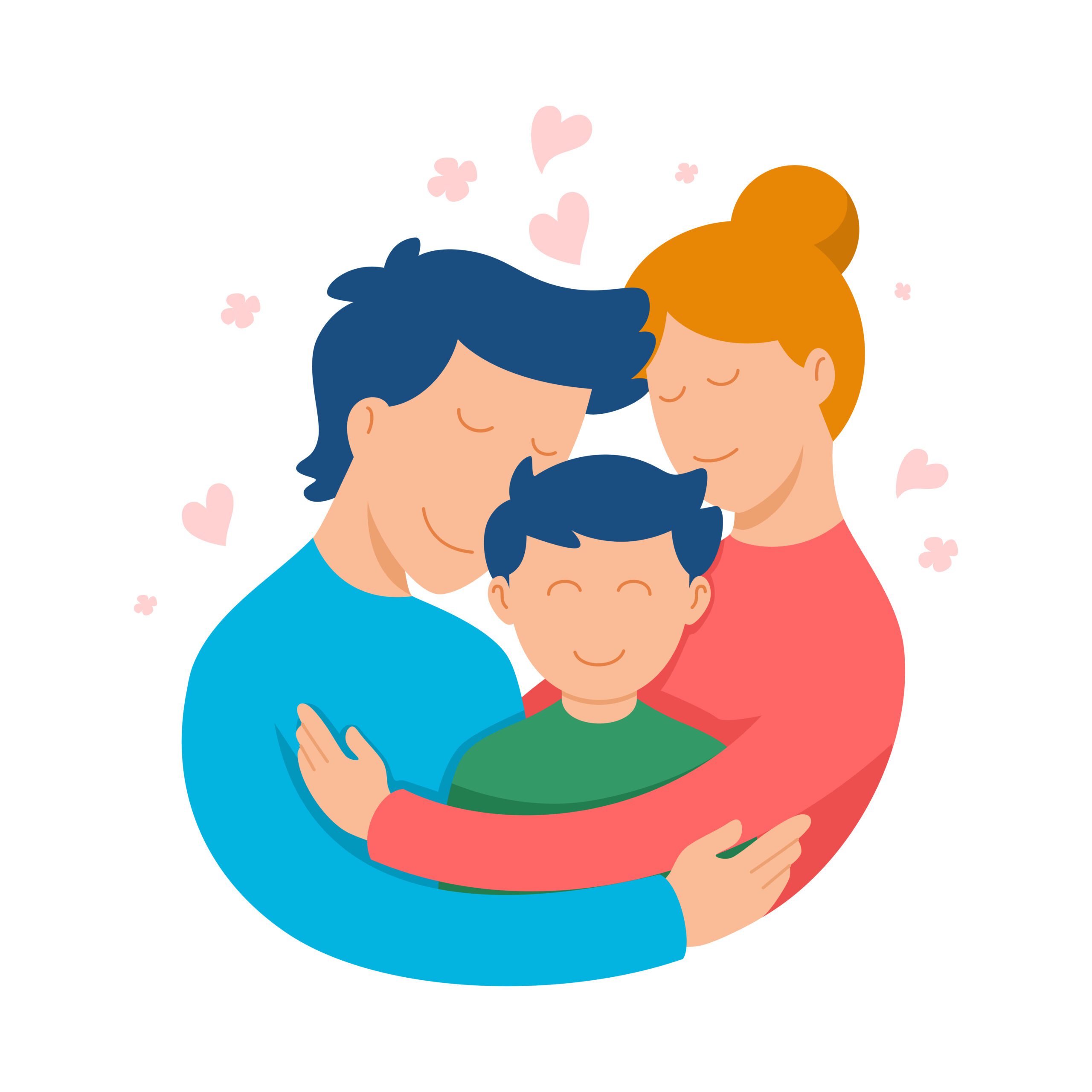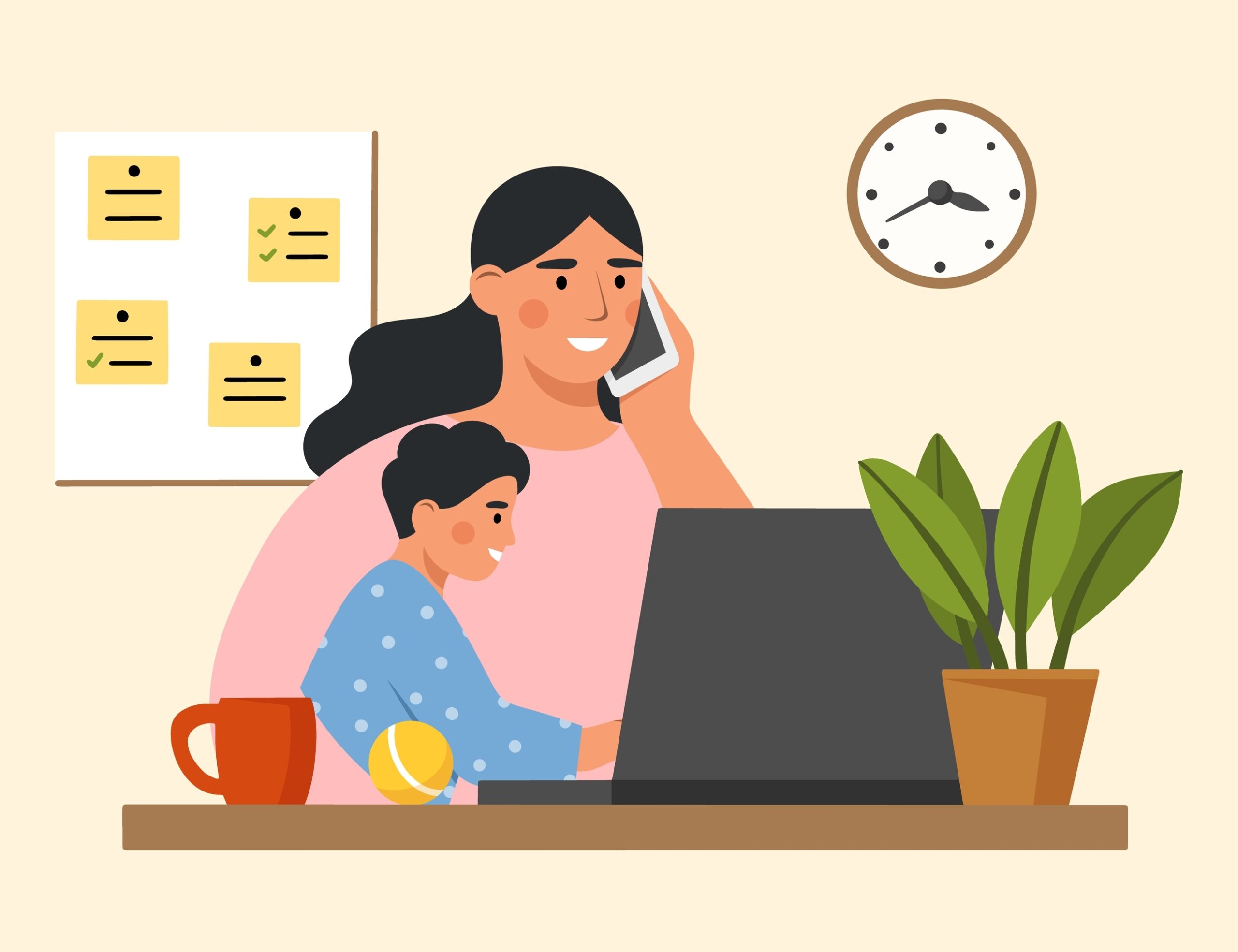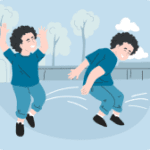Mood Disorders
What are mood disorders?
Mood disorders are mental health conditions characterized by significant changes in mood, including prolonged periods of depression, excessive elation, or mood swings. Common types include major depressive disorder, bipolar disorder, and dysthymia.
What are the symptoms of mood disorders?
Symptoms of mood disorders can vary widely but may include persistent sadness, feelings of hopelessness, changes in appetite or weight, sleep disturbances, lack of energy, irritability, and difficulty concentrating. In bipolar disorder, individuals may also experience manic or hypomanic episodes characterized by elevated mood, increased energy, and risk-taking behaviors.
How are mood disorders diagnosed?
Mood disorders are typically diagnosed through a comprehensive evaluation by a mental health professional, which may involve clinical interviews, self-report questionnaires, and assessments of medical and family histories to understand the individual’s experiences and symptoms.
What treatments are available for mood disorders?
Treatment options for mood disorders often include psychotherapy (such as cognitive behavioral therapy, interpersonal therapy), medications (such as antidepressants or mood stabilizers), lifestyle modifications, and support groups. A tailored approach is essential for effective management.
Can lifestyle changes help manage mood disorders?
Yes, making certain lifestyle changes can support the management of mood disorders. Regular physical activity, a balanced diet, adequate sleep, stress reduction techniques (such as mindfulness or yoga), and fostering social connections can contribute to overall mental well-being.
Are mood disorders common?
Mood disorders are relatively common, affecting millions of individuals worldwide. Statistics indicate that about 1 in 5 adults will experience a mood disorder in their lifetime, highlighting the importance of awareness and treatment options.
How can someone support a loved one with a mood disorder?
Supporting a loved one with a mood disorder involves being empathetic, encouraging them to seek professional help, listening without judgment, and providing a stable and understanding environment. Promoting open communication can also strengthen the support they receive.
What are mood disorders, and how do they relate to ADHD?
Mood disorders, including depression and bipolar disorder, involve significant changes in mood, behavior, and energy levels. Research indicates that these disorders are more prevalent among individuals with ADHD. The overlapping symptoms—such as impulsivity, emotional dysregulation, and irritability—can make it challenging to differentiate between ADHD and mood disorders, necessitating careful evaluation by a mental health professional.
What are the common signs of mood disorders in children?
Common signs of mood disorders in children include persistent sadness, irritability, changes in appetite or sleep patterns, loss of interest in activities, and difficulty concentrating. These symptoms can vary in intensity and may also include physical complaints such as headaches or stomach aches.
How can parents differentiate between normal mood swings and mood disorders?
While mood swings are a normal part of childhood development, mood disorders typically present with more severe, prolonged symptoms that interfere with a child’s daily functioning. If mood changes last for more than two weeks and significantly impact relationships, school performance, or self-esteem, it is essential to seek professional evaluation.
Are mood disorders hereditary?
Yes, mood disorders can have a hereditary component, meaning they may run in families. Children with a family history of mood disorders may be at a higher risk of developing similar conditions. However, environmental factors and individual experiences also play a significant role in the development of mood disorders.
How can nutrition impact mood disorders in children?
Nutrition can significantly influence mood and mental health. A balanced diet rich in whole foods, including fruits, vegetables, whole grains, and healthy fats, can support brain health and mood stability. Nutrient deficiencies, particularly in omega-3 fatty acids, B vitamins, and minerals, may contribute to mood disturbances.
Can mindfulness or relaxation techniques help children with mood disorders?
Yes, mindfulness and relaxation techniques can be beneficial for children with mood disorders. Practices such as deep breathing, meditation, and yoga can help reduce anxiety and improve overall emotional regulation, enabling children to better cope with stress and negative emotions.
What impact do extracurricular activities have on children with mood disorders?
Extracurricular activities can have both positive and negative impacts on children with mood disorders. Engaging in sports or clubs can provide a sense of accomplishment, boost self-esteem, and help establish social connections, which are beneficial for emotional well-being. However, if children experience pressure to perform or face negative social dynamics, these activities may exacerbate feelings of anxiety or inadequacy. It’s important for parents and caregivers to support children in finding balance and choosing activities that align with their interests and mental health needs.
What are the signs of depression in children with ADHD?
Signs of depression in children with ADHD may include persistent sadness, loss of interest in activities once enjoyed, changes in appetite or sleep patterns, fatigue, and difficulty concentrating. Additionally, children may exhibit increased irritability or emotional outbursts, which can be mistaken for typical ADHD behavior.
What treatment options are available for mood disorders in children with ADHD?
Treatment for mood disorders in children with ADHD often involves a combination of therapy and medication. Cognitive-behavioral therapy (CBT) can help children develop coping mechanisms, while medications such as mood stabilizers or antidepressants may be prescribed under careful supervision to minimize interactions with ADHD medications. A comprehensive treatment plan should be tailored to the child’s specific needs.
How can parents identify bipolar disorder in children with ADHD?
Identifying bipolar disorder in children who have ADHD can be complex due to overlapping symptoms. However, key indicators of bipolar disorder include distinct mood episodes, such as periods of intense irritability or elation (mania) alternating with depressive episodes. These mood changes may last for days or weeks, contrasting with the more continuous symptoms of ADHD.
Can lifestyle changes help manage mood disorders in children with ADHD?
Yes, lifestyle changes can significantly impact the management of mood disorders in children with ADHD. Regular physical activity, a balanced diet, good sleep hygiene, and mindfulness practices can all contribute to improved mood regulation. Establishing a predictable routine can also aid in reducing anxiety and enhancing emotional stability.
How can teachers support students with ADHD and mood disorders in the classroom?
Teachers can support students with ADHD and mood disorders by providing a structured and supportive environment. This includes using clear instructions, offering positive reinforcement, and allowing for breaks when needed. Creating a safe space for emotional expression and implementing mental health awareness programs can also foster understanding and inclusivity among peers.
Is medication necessary for children with ADHD and mood disorders?
Medication is not always necessary for children with ADHD and mood disorders, but it can be beneficial in certain cases. A thorough evaluation by a mental health professional is essential to determine if medication should be part of the treatment plan, considering the potential benefits and risks.
How can family dynamics affect mood disorders in children with ADHD?
Family dynamics can play a crucial role in the management of mood disorders in children with ADHD. A supportive family environment that promotes open communication and understanding can alleviate feelings of isolation. Conversely, high-stress environments or unresolved family conflicts may exacerbate mood disorder symptoms, highlighting the importance of family therapy when necessary.
Can peer relationships impact mood disorders in children with ADHD?
Yes, peer relationships can significantly affect mood disorders in children with ADHD. Positive friendships provide emotional support and a sense of belonging, which can enhance resilience. However, negative interactions such as bullying or social isolation can worsen mood symptoms, underlining the importance of fostering healthy peer connections.
What role does therapy play in treating mood disorders for children with ADHD?
Therapy plays a vital role in treating mood disorders in children with ADHD, offering a safe space to explore feelings and develop coping strategies. Various therapeutic approaches, including family therapy, group therapy, and other forms of counseling, can provide children with essential tools to manage their emotions and navigate social situations effectively.
Are there support resources for families dealing with ADHD and mood disorders?
Yes, numerous resources are available for families coping with ADHD and mood disorders. Support groups, both in-person and online, provide a community for shared experiences and coping strategies. Additionally, educational materials and hotlines dedicated to mental health can offer guidance and support for families in need.
How important is early diagnosis and intervention for mood disorders?
Early diagnosis and intervention for mood disorders are crucial, as they can significantly improve the quality of life for children with ADHD. Timely support allows for the development of effective coping strategies and can reduce the long-term impact of mood disorders on academic performance and social relationships.
Can mood disorders evolve over time in children with ADHD?
Yes, mood disorders can evolve over time in children with ADHD. A child may initially present with symptoms of one mood disorder, and as they grow, these symptoms may change or develop into a different mood disorder. Continuous monitoring and support are essential to adapt treatment plans as needed.
How can schools facilitate open discussions about mental health?
Schools can encourage open discussions about mental health by implementing educational programs that promote awareness and reduce stigma. Hosting workshops, inviting mental health professionals for talks, and creating a resource toolkit for students and families can foster an environment where mental health is viewed as an integral part of overall well-being.
What are other parents reading?
When most people think about the senses, the traditional five often come to mind: sight, sound, taste, touch, and smell.
Sensory processing disorder (SPD) often flies under the radar, yet it plays a crucial role in understanding the complexities of
Sensory Processing Disorder (SPD) is a complex condition that manifests in various ways, depending on how individuals process sensory information.
Find a Therapist
Find the physical therapist, occupational therapist, or speech language pathologist you are looking for!
Ask Us Anything
Whether you are looking for advice, have a general question about sensory processing, or are looking for resources - we are here to help!
Ask Us Anything
Submit Your Story
Share your story about your child. Let’s celebrate milestones and learn more about challenges.












 Speech Therapy
Speech Therapy Physical Therapy
Physical Therapy Occupational Therapy
Occupational Therapy
